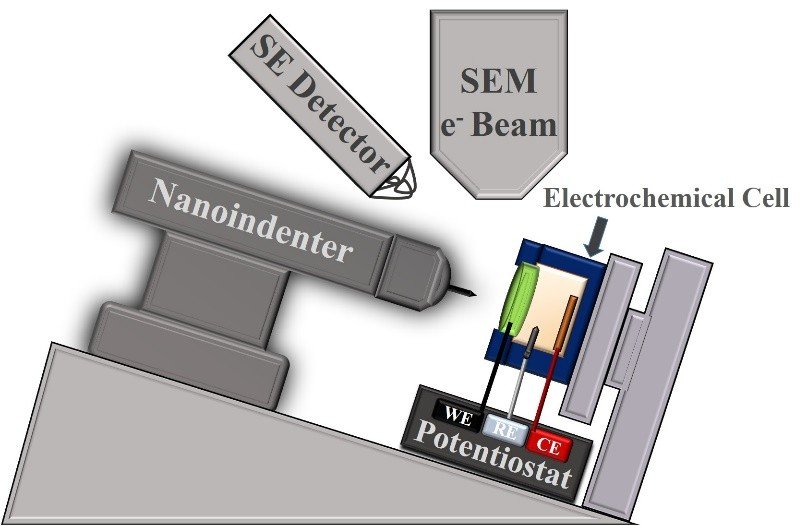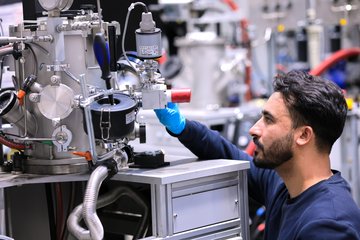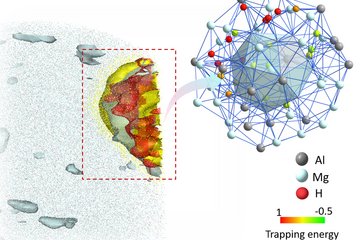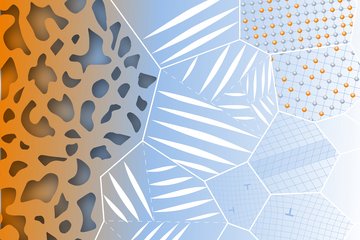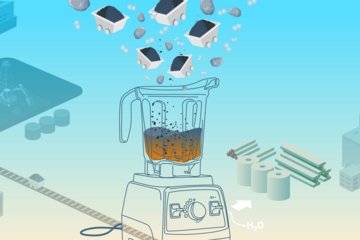All-in-one hydrogen platform
Hydrogen embrittlement is one of the most substantial issues as we strive for a greener future by transitioning to a hydrogen-based economy. The mechanisms behind material degradation caused by hydrogen embrittlement are poorly understood owing to the elusive nature of hydrogen. Therefore, in the project "In situ Hydrogen Platform for Microstructural Analysis and Mechanical Performance of Materials (HMMM)”, we aim to create a state-of-the-art, all-in-one platform to look more closely into the interactions of hydrogen and the material by utilizing real-time, high-resolution characterization methods.
The interaction between hydrogen and material features affects the mechanical behavior of materials and various mechanical properties such as strength, ductility, hardness, and fracture resistance. These material features are known as trap binding sites and they can be divided into reversible and irreversible sites. Post-mortem analysis and ex situ charging neglect the important role of reversible trap sites, as these sites release "diffusible" hydrogen during the analysis, significantly altering the material properties and contributing to hydrogen embrittlement.
To examine the role of mobile hydrogen, back-side hydrogen charging is conducted under the scanning electron microscope (SEM). This novel process prevents measurements from being affected by surface-electrolyte contact. Additionally, in situ electron channeling contrast imaging (ECCI) is used for high-resolution imaging of defects/trap sites, whereas an in situ nanoindentation system allows for micro- and nanoscale mechanical testing to probe independent mechanisms at various trap binding sites.
